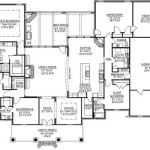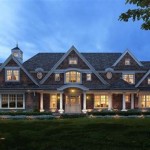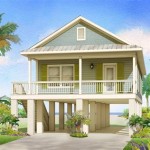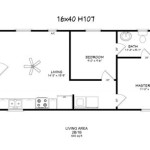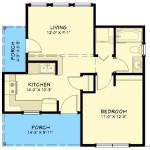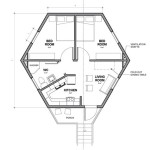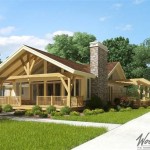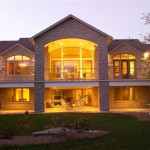German House Plans: A Look at the Architectures and Character
German house plans are more than just blueprints; they represent a rich architectural heritage that reflects the nation's history, climate, and cultural values. From the traditional half-timbered houses to the modern Bauhaus designs, German homes have evolved over centuries, showcasing a range of styles and features that continue to inspire builders and homeowners today.
Traditional German House Plans: An Emphasis on Timber and Craftsmanship
Traditional German homes are often characterized by their use of timber framing, a construction method that has been practiced for centuries. The distinct aesthetic of half-timbered houses, with exposed timber beams and infill panels of brick, stone, or plaster, is a hallmark of many German rural areas. This style dates back to the Middle Ages and reflects the abundance of timber resources available in Germany. The exposed timber not only provides structural support but also adds a rustic charm and warmth to the interior.
Beyond the construction materials, traditional German house plans often feature a number of architectural elements, including:
- Gable roofs with steep pitches, designed to shed snow and rain effectively in the often-cold and damp German climate.
- Large windows that allow ample natural light to illuminate the interior, especially in the often-short winter days.
- Dormer windows, which add extra living space to the attic and often feature ornate designs.
- Balconies and verandas, providing outdoor living space that extends the living area and allows for relaxation and social gatherings.
These traditional elements are often combined with modern amenities and comforts, creating homes that are both aesthetically pleasing and practical for contemporary living.
Modern German House Plans: Simplicity and Functionality
In contrast to the traditional styles, modern German house plans often prioritize simplicity and functionality. The Bauhaus movement, which originated in Germany in the early 20th century, had a profound impact on modern architectural design. Bauhaus principles emphasize clean lines, minimalist aesthetics, and the use of innovative materials like steel and glass. These principles are reflected in many modern German homes, which often feature:
- Open floor plans that maximize space and create a sense of flow.
- Large windows that blur the lines between indoors and outdoors, bringing in natural light and connecting the living space with the surrounding environment.
- Flat roofs, a departure from the steep gable roofs of traditional houses, contributing to a sleek, modern aesthetic.
- Sustainable features, such as solar panels and green roofs, emphasizing environmental consciousness and energy efficiency.
Modern German house plans often reflect a desire to create homes that are both aesthetically pleasing and practical, with a focus on functionality and sustainability.
Contemporary German House Plans: A Fusion of Tradition and Innovation
Contemporary German house plans often blend elements of traditional and modern design. This fusion results in homes that are unique and reflect the evolving tastes of homeowners. For example, a house might feature the timber framing and gable roof of a traditional German home, but with a modern interior design and sustainable features. This combination allows homeowners to create homes that are both distinctive and in keeping with the rich architectural heritage of Germany.
Contemporary German house plans often incorporate innovative technologies and materials to enhance functionality and comfort. For example, smart home technology can be integrated into the design, allowing homeowners to control lighting, temperature, and security systems remotely. The use of high-performance insulation and energy-efficient appliances contributes to lower energy consumption and reduced environmental impact.
The distinctive features and design principles of German house plans continue to be popular among homeowners seeking both traditional charm and modern sophistication. From the classic half-timbered houses to the sleek, minimalist designs of contemporary homes, German architecture offers a wealth of inspiration for builders and homeowners alike.

German Style House Plans Open Design Home Self Build Houses

German Style House Plans Open Design Home Self Build Houses
Lorbek Idealizations Of The Kleinhaus On Typology Small Single Family House In Germany 1920s 1960s Architectural Histories
Lorbek Idealizations Of The Kleinhaus On Typology Small Single Family House In Germany 1920s 1960s Architectural Histories

The German House 1937

Bavaria Cottage Style House Plans By Mark Stewart

House Plans And More Expert Support French Country
Lorbek Idealizations Of The Kleinhaus On Typology Small Single Family House In Germany 1920s 1960s Architectural Histories

German Style House Plans Open Design With Photos Floor

German Style House Plans Open Design With Photos Floor

